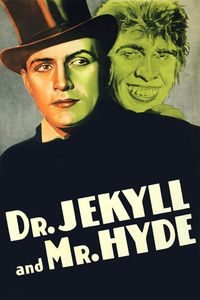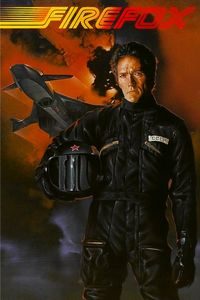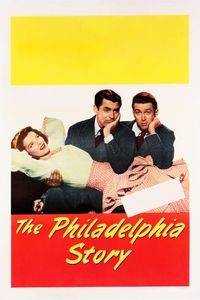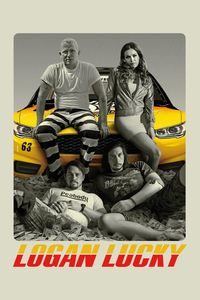(On Cable TV, May 2018) When AMC started bombarding viewers with the promise of James Cameron’s Story of Science Fiction event series, I programmed my DVR to record the series but kept my expectations low: While there is some interest in watching Cameron chat about Science Fiction with fellow directors such as Steven Spielberg, Guillermo del Toro, Christopher Nolan, George Lucas and Ridley Scott, what level of in-depth discussion could we reasonably expect? Worse yet was the idea of hearing actors talk about it—for all the good that I think about Will Smith, Zoe Saldaña, Joseph Gordon-Lewitt and Arnold Schwarzenegger, what could they possibly say about SF that wouldn’t be scripted platitudes? Oh well; at six forty-minutes long episodes, it would at least be entertaining. Such series (and there was a similar BBC effort a few years ago) are meant as introductions to a general audience, not advanced lectures for jaded reviewers such as myself. On that level, at least the series does not disappoint: A blend of talking heads and illustrative footage revolving around one theme by episode (Aliens, Space, Monsters, Dark Futures, Intelligent Machines and Time Travel), this is a series that zips by. No amounts of lens flare have been spared in presenting older archive footage, and the overall feeling is one of slick presentation. The chats between Cameron and other genre directors/actors are presented so quickly that there’s little time for boredom—they’ve been distilled to their purest essence and a handshake right before the end credits. Surprisingly, though, there is more substance than I expected from the series: The interviews and talking heads go beyond directors and actors to genre critics (including Locus’s rock-solid Gary K. Wolfe) to actual written SF writers (who, as a group, look far less white males as the other groups interviewed—I mean: Nalo Hopkinson, Ken Liu, Nnedi Okorafor, Ted Chiang, and N.K. Jemisin!) The actors may be saying scripted platitudes, but they sound good—even really good in the case of the ever-likable Will Smith. The budget of the series allows for some truly odd and inspired guests, such as musicians, special effects artists and screenwriters. Of course, it all races by: While the series hits its best moments when it slows down to focus on a specific movie or series (helped along by interviewing the people who wrote, directed, performed or otherwise contributed to the result seen on-screen), much of the time it’s a reference-every-five-second kind of documentary. The substance is there—not particularly deep, but much of what is showcased is reasonably accurate and even insightful. Most episodes of James Cameron’s Story of Science Fiction do rise up to the level of a good SF convention discussion panel, and that’s pretty much the level I demanded from such a series. There may or may not be a second season (these things are expensive, and AMC’s similar 2017 comics series doesn’t have a follow-up so far) but I’ll be there if ever there is. Frankly, it is rather cool to hear, even in blips and ten-second clips, Cameron and his colleagues talk shop, laughs knowingly about their craft and look like they’re enjoying their conversations.













![Mar Adentro [The Sea Inside] (2004)](https://www.christian-sauve.com/wp-content/uploads//the-sea-inside-2004-200x300.jpg)
